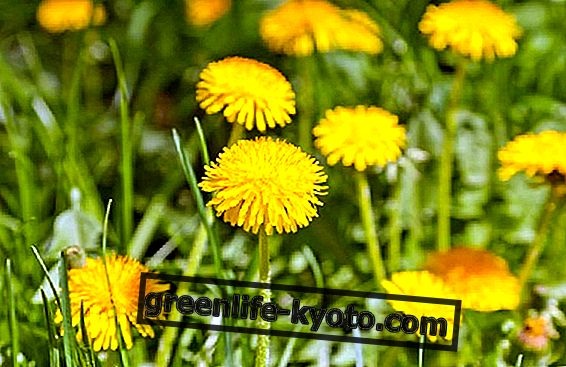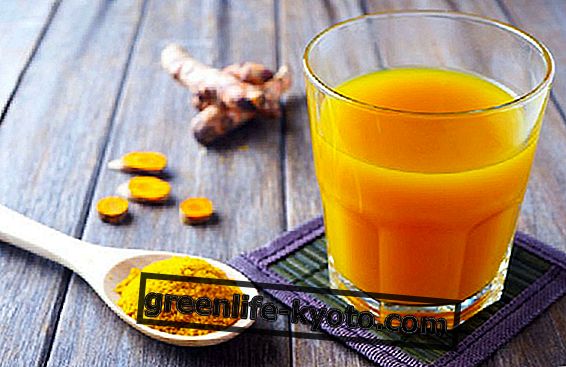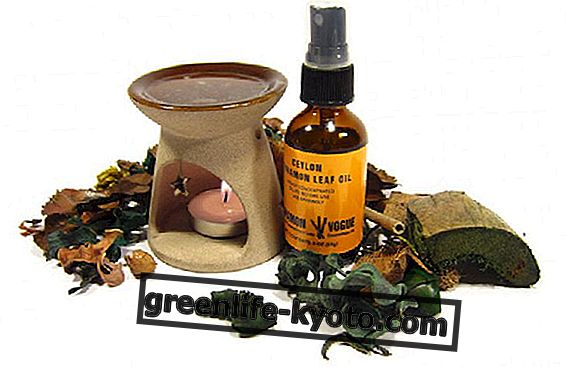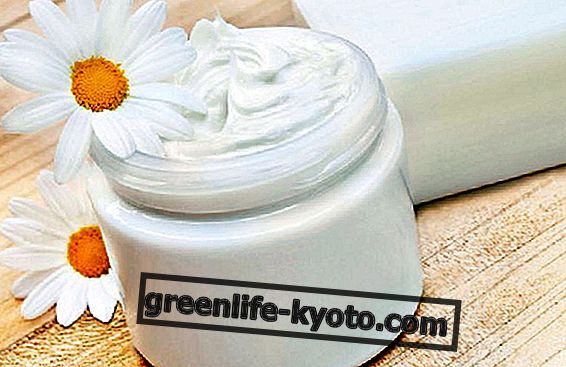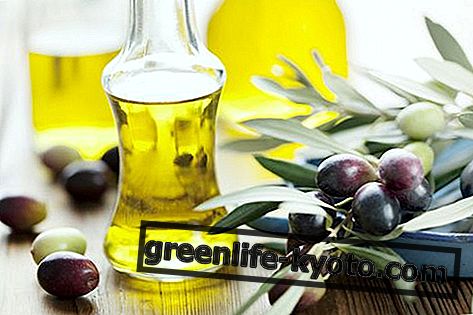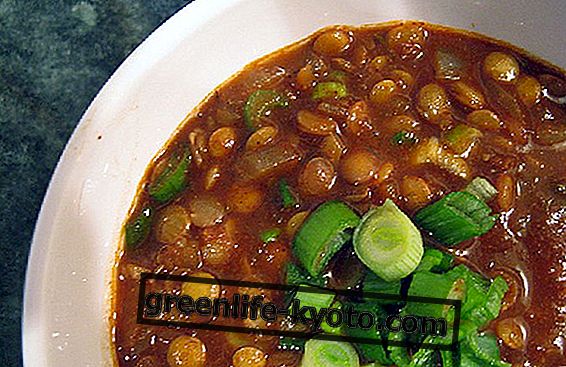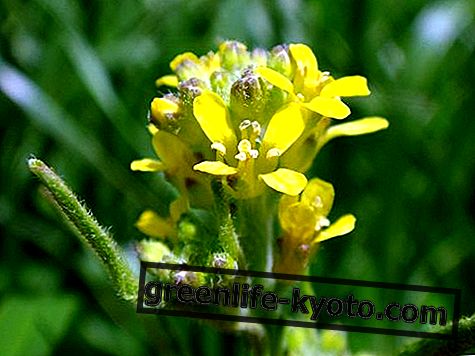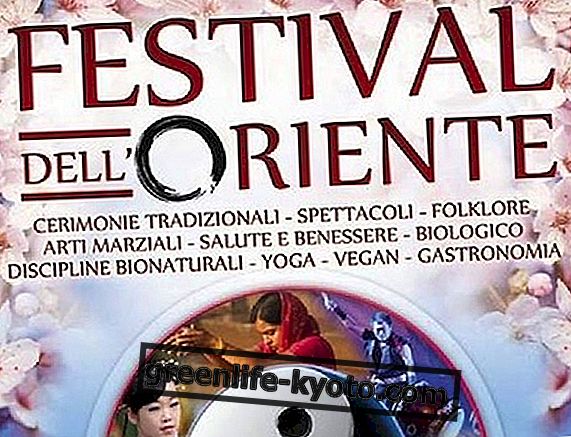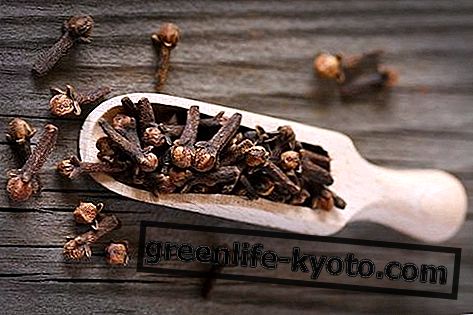Saffron is a spice rich in carotenoids and vitamins, useful for mood disorders, as a sedative and antispasmodic. Let's find out better.
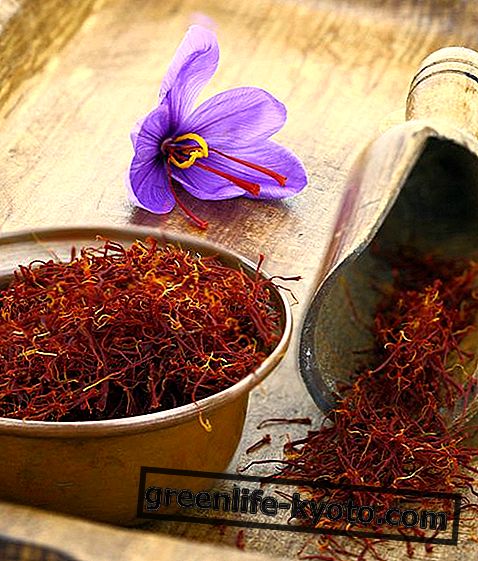
Description of the plant
The spice called saffron is obtained from the stigmas of the flower of Crocus sativus, belonging to the Iridaceae family. Perennial herbaceous plant, which can reach a height of 30 cm., Arises spontaneously in Asia Minor and Eastern Europe, but is also successfully cultivated in Italy, where there are large crops in the Marche, Abruzzo and Sardinia .
Other areas of cultivation worthy of note are found in Umbria and Tuscany . In general, the plant prefers hot and well-ventilated hilly areas that do not undergo major temperature changes during the year; he loves the sun, so he finds it hard to grow if it is grown in damp and foggy areas; does not fear frost instead.
The root is a spherical, fleshy and white bulb-tuber inside, while externally it is covered by brown-reddish membranes. The leaves are numerous, thin, linear, similar to blades of grass, and gray-green. The delicate funnel-shaped purple violet flowers appear in autumn and in order for the flowering to be generous, the summer climate must have been warm.
Each flower opens to the rays of the sun and tightens when it is dark or raining; inside its corolla it has three stigmas (female reproductive organs) of bright red color, from which the spice is obtained.
Properties and benefits of saffron
Saffron stigmas contain over 150 volatile aromatic substances, which make up its essential oil. It is also one of the richest foods in carotenoids (crocetin, α-crocin, picrocrocin and safranal) which give the typical yellow-gold color to dishes, and vitamins A, B1 ( thiamine) and B2 ( riboflavin) .
In particular the safranal, is an organic compound, able to positively influence brain activity. For this reason it is used in phytotherapy in the treatment of mood disorders, as a sedative and antispasmodic with anthelmintic activity, effective against car sickness. In fact, its active ingredients, by regulating the production of certain brain neurotransmitters responsible for mood (such as dopamine, noradrenaline and serotonin), are able to calm anxiety.
In addition to making the most diverse dishes tasty and tasty, saffron powder is a treasure trove of precious substances for the body: as saffron is one of the most powerful antioxidants, it counteracts free radicals, which are responsible for accelerating cellular aging. Furthermore, this spice favors the digestive functions, stimulates the digestive system, increasing the secretion of bile and gastric juices. This is why it is also widely used in the preparation of digestive liqueurs.
Moreover, in recent times, saffron is proving to be a very effective natural remedy even for many disorders related to the modern lifestyle such as stress, depression. Recent studies have in fact shown that saffron has properties and benefits on the part of the nervous system that regulates the sensory receptors of the movement of muscles and joints, thus exerting a calming, analgesic and antispasmodic action, which induces a state of muscular relaxation .
Calories and nutritional values of saffron
100 g of saffron contain 310 kcal, and:
- Proteins 11.43 g
- Carbohydrates 65.37 g
- Fats 5.85 g
- Dietary fiber 3.9 g
- Sodium 148 mg
Saffron, an effective travel companion against car sickness

Use in the kitchen
The use of saffron in the kitchen, on the other hand, ranges from appetizers to desserts, but the best combinations are with rice, shellfish, seafood, stewed meats and delicate sauces. In these cases the taste of saffron enriches, colors and enhances the flavors.
Usually this spice is added at the end of cooking, otherwise it loses its flavor and its fragrance. Particular attention must also be paid to the dosage : for three to four people, a 0.15 gram sachet is sufficient.
In some cases (in stewed dishes, for example) it is possible to add it from the beginning of cooking, dissolving it in water.
Curiosity about saffron
The name Crocus derives from the Greek Kroke, which means " filament ", due to the filamentous stigmas that leads to the center of the corolla. It is mentioned in the Ebers papyrus, in the Song of Songs and in the Iliad, and over the centuries have been attributed healing properties against insomnia, plague, impotence and frigidity. In fact, historically saffron has always had the reputation of an aphrodisiac and this peculiarity is remembered by the Greek myth of Crocus. According to the myth, these filaments symbolize a bond of love between the nymph Smilax and the young Krokos, a love destined to end with the death of the young man. It is said that the gods, moved by pity, transformed the nymph into sarsaparilla and the young man into a crocus, so that the two could live next to each other. For this myth the ancient Greeks used to place a Crocus flower on the graves of the lovers who died for love.
Also Pliny and Dioscorides attributed to this spice the ability to restore sexual energy and vigor to men and increase desire in women . Today it has been confirmed that saffron stimulates the production of hormones that tone the sexual sphere, while antioxidants improve circulation.
The flowers are harvested in the fall, in the morning when the sun rises, before the glass opens and the stigmas (ie the feminine elements of the flower) that carry the precious powder can be ruined. Once the flowers have been collected, we must proceed to skimming, that is to say the separation of the stigmas from the corollas. The stigmas must then be dried immediately, then placed in hermetically sealed containers that must be kept in a dry place .
This spice is often subject to sophistication, in fact to get a kilo of saffron you have to collect about 100, 000 stigmas of flowers and this makes the product very valuable. Therefore safflower is sometimes sold as saffron, also known as saffron or saffron bastard, which has more than aromatic coloring qualities.

